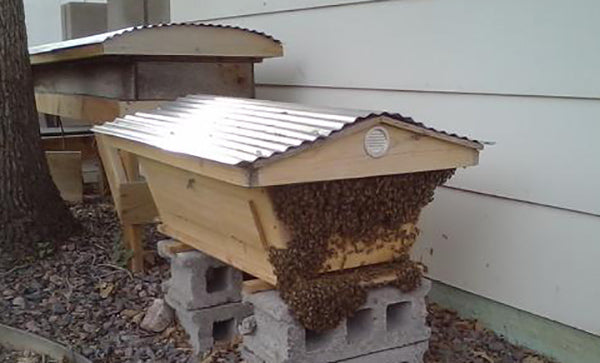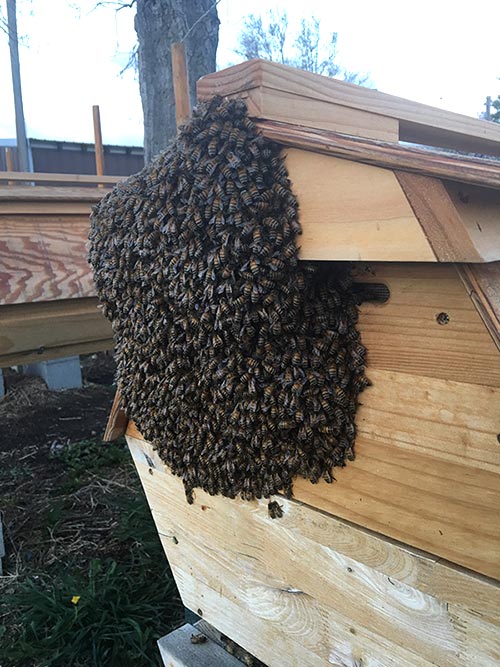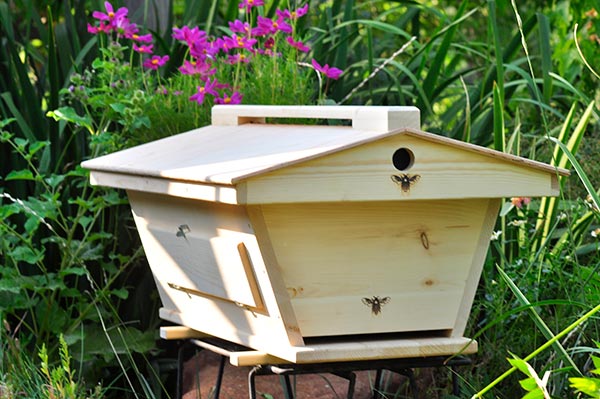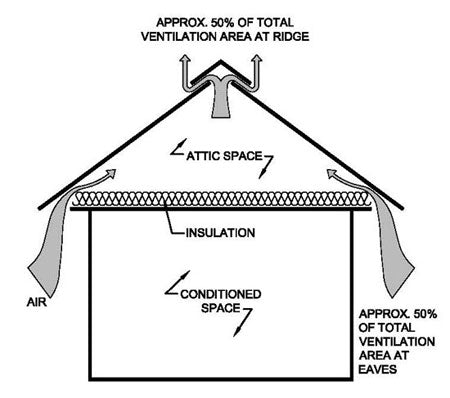Bees bearding or clustered on the front of the hive is normal during the summer months. Bearding occurs when the hives have increased their colony size to take advantage of the nectar flows that are happening in the spring and summer. During these months it is peak season when the bees have the opportunity to collect nectar to make honey stores for the winter so they need more worker bees that can forage during these peak nectar flows. Since the bees do not want to overheat the hive and it's delicate balance of a consistent broodnest temperature, some of the bees will hang out on the outside of the hive.
Bearding in Normal
You may notice some of the bees on the outside fanning to allow circulation of airflow into the hive. Bearding is normal as the colony's numbers have increased creating an overflow. The hotter weather can cause bearding as can rainy days. During a rainy day you may see more bearding on the front of the hive as some foraging field bees will stay out in the field all night, but when it rains they are back at the hive and you may see bearding on a rainy day.
Cool down the hive
During the late spring and summer months when the temperatures increase, be sure to check that there is adequate airflow around your hives and your hives are well shaded for a good portion of the day. If your hive is not getting shade in the heat of the day, around 2-4pm, you may want to put up a shade cloth or an attachable umbrella on the hive to shade the colony from the heat. You can also lean a large piece of plywood on the side of the hive that is getting the most sun to help protect the hive from the heat. On really, really hot days you can water around your hive and on top of a peaked or ventilated roof to cool down the hive. We do this on 90 plus days.

This hive may be receiving radiant heat from being too close to the house.

Sometimes a pre-swarm may be hanging on the outside of the hive. With a pre-swarm the bees tend to be more clustered in a small ball. Just watch your hive as they may swarm. Note it is not 'normal for a first year hive to swarm in it's first summer season. So if your newly installed package or swarm is bearding most likely they will not be swarming
Your Top Bar Hive Needs a Roof

A ventilated roof is critical if you live in a climate where temperatures reach the 80s and 90s. Ventilated Roofs
How our Ventilated Roof Works

Wild bees inhabiting a tree don't have ridge vents, but they are also well insulated from the heat of the sun by the thick, dense wood of the tree. Our Ventilated Roof insures that the heat generated by the sun
beating down on hive is dissipated out the top ridge vent.
Under the roof is an air channel, as the space in between the lid and the hive heats up, the air rises. As this hot air rises it draws in cooler air at the bottom of the roof channel and creates passive convection.
A Good Water Source for the Bees
Also be sure the bees have an adequate source of water and replenish it if needed. The bees as they can go through a lot of water on hot summer days!




















